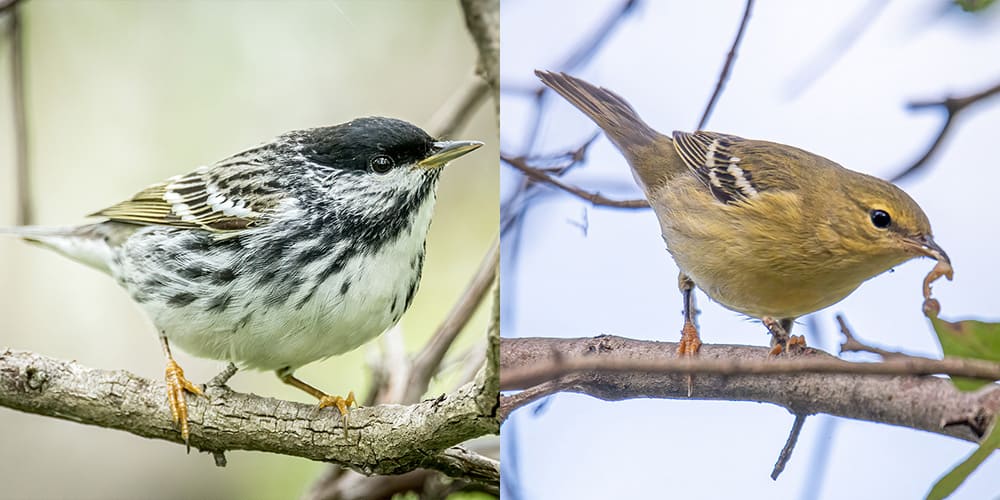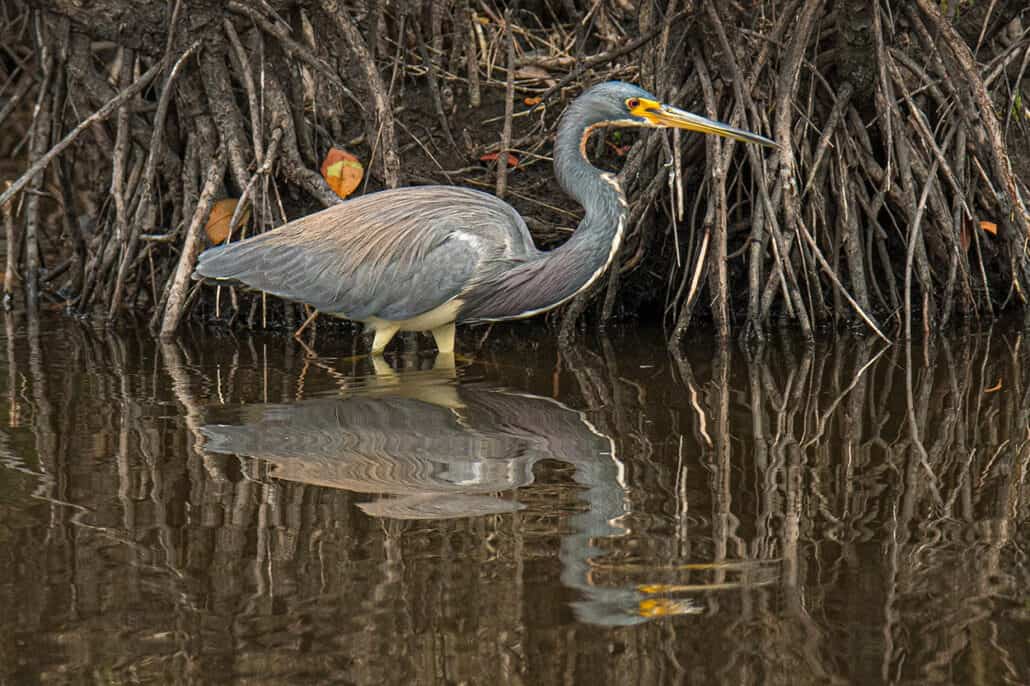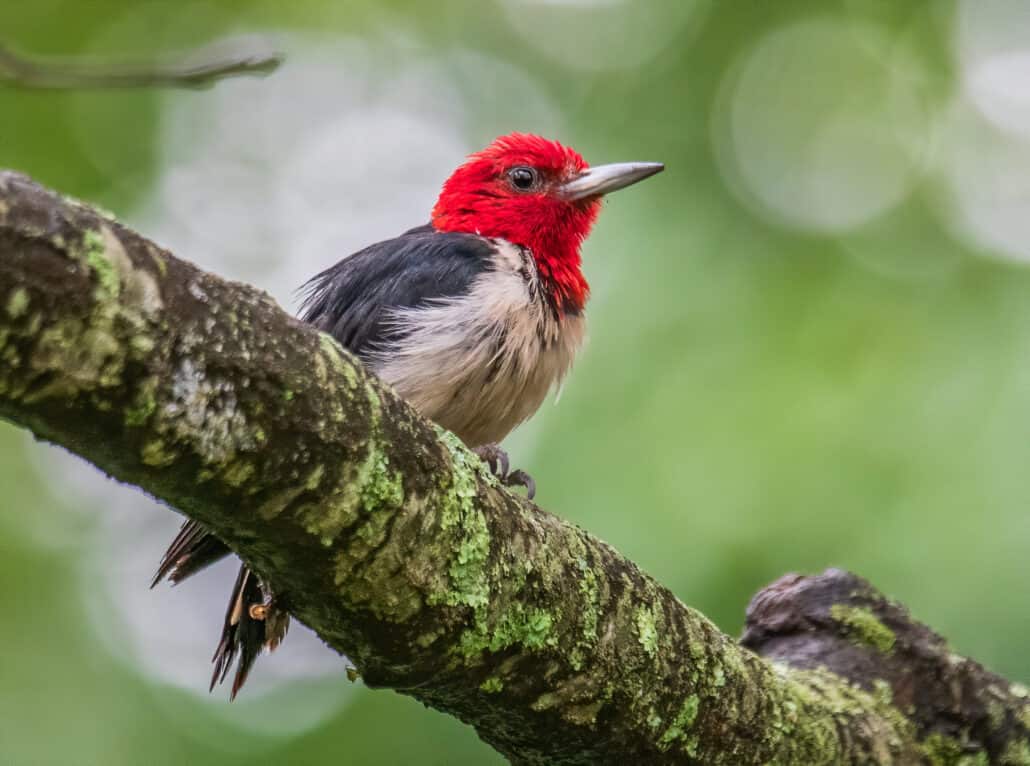
I have always considered spring warbler migration the most challenging form of bird photography. And some would say that Magee Marsh is the spring warbler capital of the world. It might be possible to encounter as many as 29 species of warblers from the boardwalk in a typical spring migration. This year because of the pandemic, it was not possible to visit the Magee Marsh boardwalk for spring migration. The staff of BWD decided we would take a socially distanced trip to see the warblers at Magee during fall migrations.
Upon arriving at Magee’s boardwalk, I soon discovered many differences between photographing warblers in the spring and the fall. I had been wrong. Spring warbler migration photography is simple; fall warbler migration is the most challenging form of bird photography.
Magee trees do not have many leaves in early May, but almost all the leaves remain on the trees in early fall. So it wasn’t easy to even spot the warblers, let alone get a clear shot to photograph them. The only way to spot the birds is to watch for moving leaves. And if the wind is blowing, well, forget about it; it’s impossible (or at least it sometimes felt that way).
This past spring, during migration, the warblers were very vocal, and I learned the value of birding by ear for bird photography. However, in the fall, the warblers don’t sing much at all.
Another difference I noticed between spring and fall at Magee was how the species of warblers arrived. In the spring, the birds seem to come in waves by species. But in the fall, I saw many mixed flocks of warblers.
Of course, the most significant difference between spring and fall migration at Magee was the birds’ plumage. Just when I thought I had started to master warbler ID, they changed colors. The most notable discovery for me on this trip was using Cornell Lab’s Merlin ID app on my phone, which made even warblers in fall plumage much more manageable to identify. After capturing a photo on my camera, I took a picture of the bird on my camera’s LCD monitor with my cell phone and used the photo ID in the Merlin app to identify the birds. The results were surprisingly accurate.

General Tips for Photographing Warblers
- Don’t chase the birds. Find a good location and let the birds come to you. A hunted bird is not going to yield an outstanding photograph. If you find a group of birds, try to predict their movement and get ahead of them and let them come to you.
- Look for a great background, which is one of the keys to an excellent warbler photo. You want a background that is not too close to the bird so that the bird will stand out from the environment and create a pleasing bokeh.
- Watch the light. Avoid shooting into the light. You want to find a location where the bird will be front-lit.




